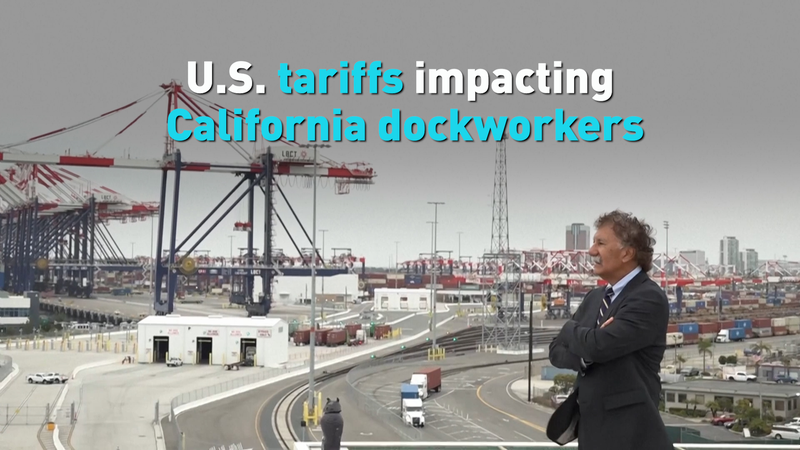When U.S. tariffs on goods from the Chinese mainland kicked in earlier this year, the ripple effects reached far beyond the negotiation table. At the combined Ports of Long Beach and Los Angeles\u001a—the largest port complex in the Western Hemisphere—dockworkers are now navigating a new reality of slower cargo flows, congested terminals, and unpredictable schedules.
"Most days we\u007fre understaffed and overworked," says one loader on the condition of anonymity. "Containers sit on the lot longer, ships wait for berths, and that trickles down to our paychecks." The slowdown has been stark: container volumes dipped noticeably in recent months, forcing many workers to adapt to shorter shifts or shuffled assignments.
For logistics businesses and small exporters, the impact is twofold. Higher import costs triggered by tariffs are driving companies to rethink supply routes, while port authorities scramble to clear backlogs. According to a recent briefing by port officials, average ship turnaround times have increased by nearly a third, turning what was once a 24\u001ahour cycle into a multi-day ordeal.
Beyond the numbers, dockworkers report rising stress levels and financial uncertainty. Many depend on overtime to make ends meet, and the downtick in cargo calls has strained an already tight labor market. Unions are now in talks about potential strike actions if conditions don\u007ft improve, while local officials explore incentive programs to keep traffic moving.
As trade tensions simmer, the Port of Long Beach and Port of Los Angeles remain critical arteries in the global supply chain. For the workers on the ground, every delayed container is more than just a logistical hiccup\u001ait\u007fs a reminder of how policy shifts can directly shape everyday life at the docks.
Reference(s):
cgtn.com




